What Is the Mountaineering Layering System?
Layering is the foundation of every successful mountain climb. It’s how mountaineers adapt to environments that can swing from sun-baked moraine to sub-zero summit in the same day. Your layering system keeps you dry when you’re sweating on the approach, warm when you stop to belay, and protected when the weather turns without warning.
At its core, a good layering system allows you to:
- Regulate body temperature efficiently through changing effort levels.
- Move moisture away from your skin to prevent chills.
- Insulate from the cold without overheating.
- Shield against wind, rain, and snow when the mountain turns ugly.
Every piece plays a role. Skip one, and you’ll notice. Stack them correctly, and you’ll forget you’re wearing them—because they just work.
Baselayers: The Foundation of Every System
The baselayer—also called your next-to-skin layer—is the unsung hero of your clothing system. Its job is simple: move moisture away from your body before it turns cold.
What to Look For
- Quick-drying, non-cotton materials: Polyester, merino wool, or blends.
- Stretch and mobility: Especially at shoulders and underarms.
- Odor resistance: Merino naturally resists odor; synthetics often use embedded silver or bi-component fibers.
- Zips and hoods: A deep ¼-zip helps dump heat fast; hoods extend range in variable weather.
Modern Innovations
- Body-mapped knits: Many current baselayers vary fabric density to vent more where you sweat and insulate where you need warmth.
- Phase-change and 3D weaves: High-end synthetics like Polartec Power Dry and Capilene Air manage moisture even better than classic fleece.
- Merino-blend durability: New yarn technologies interweave nylon or Tencel to make merino tougher without losing comfort.
Fit Tip: Your baselayer should feel like a second skin—snug enough to wick, never restrictive.
Light Insulation: Fleece, Active Midlayers, and Windshells
This layer builds on your baselayer, balancing warmth and breathability during high exertion. In the past, this meant fleece. Today, it can also mean active insulation or even an ultralight windshell.
Traditional Fleece
Still a workhorse. Durable, breathable, and inexpensive, though bulkier and heavier than newer alternatives. Ideal for colder days with minimal precipitation.
Active Insulation
Active midlayers like Polartec Alpha, Octa, and PrimaLoft Evolve changed the game. They use open-structured insulation and air-permeable face fabrics, making them breathable enough to wear while climbing or skinning uphill.
When to Choose It:
- You want one jacket that can go from approach to summit without taking it off.
- You climb in cool, dry, or variable weather and prioritize ventilation.
- You dislike constant layer changes.
The Rise of Windshells
Windshells—thin, air-permeable nylon jackets weighing just a few ounces—now fill a critical niche between fleece and hardshell. They block 80–90% of wind while staying dramatically more breathable than rain jackets. Many are treated with PFAS-free DWR finishes that shed light drizzle without harming breathability.
When to Use a Windshell:
- Cold, dry, or breezy conditions where precipitation is light.
- Over a baselayer or light fleece on long climbs or glacier approaches.
- When you want to extend your system’s warmth without adding weight.
Windshell vs. Hardshell
Windshell: breathable, blocks wind, best for active movement in cold/dry air.
Hardshell: waterproof, heavier, ideal for sustained precipitation or high winds.
Medium Insulation: Softshells, Puffies, and Hybrid Systems
Your medium insulation layer adds warmth and protection from wind and light weather. It’s your “comfort switch”—pulled on at rest stops, cool mornings, or exposed ridges.
Softshells
Once the default climbing jacket, softshells remain indispensable. They combine stretch, breathability, and weather resistance for mixed conditions.
Modern versions often use PFAS-free DWR coatings and mechanical stretch fabrics that move naturally.
Pros:
- Excellent for cold, dry, or mixed alpine days.
- Breathes better than waterproof shells.
- Tough enough to handle rock and ice contact.
Cons:
- Not fully waterproof.
- Bulkier than windshells.
Synthetic Puffies (Active or Classic)
Synthetic fills have evolved far beyond old-school PrimaLoft. New options like PrimaLoft Cross Core (with aerogel particles) and Polartec Alpha Direct balance warmth and moisture transport beautifully. These layers dry fast and maintain insulation even when damp.
When to Use:
- Wet climates or fast-changing alpine weather.
- High-output climbing where breathability matters.
- As your “all-day midlayer” on cold but active days.
Down Puffies
Down remains the gold standard for warmth-to-weight in cold, dry conditions. Look for RDS-certified down in the 700–900 fill range. Many brands now pair down with hydrophobic coatings or hybridize it with synthetic panels for durability and moisture protection.
Hard Shells: Weather Protection and the PFAS Shift
The hardshell is your armor—a waterproof, windproof barrier that keeps the mountain out when it matters most.
Materials and Membranes
Modern shells use three-layer laminates that sandwich a waterproof-breathable membrane between durable outer fabric and a soft liner. Familiar names include GORE-TEX, eVent, and Pertex Shield Pro.
The big change in 2025: the end of PFAS in most DWR coatings and membranes.
- GORE-TEX’s new ePE membrane is PFAS-free, lighter, and just as durable.
- Patagonia, Arc’teryx, and others have committed to PFAS-free lines by 2025.
- Performance remains high; maintenance (washing + re-proofing) matters more than ever.
Key Features to Prioritize:
- Helmet-compatible hood
- Pit zips for venting
- Adjustable cuffs and hem
- Articulated sleeves
- Two large chest or harness-compatible pockets
Care and Longevity
Regular washing restores breathability and prevents the face fabric from “wetting out.” Always tumble-dry low to reactivate DWR, or use spray-on reproofers.
Quick Tip: Wash your shell more, not less. Dirt and oil destroy waterproofing faster than the weather ever will.
Belay Parkas: Your Cold-Stopper Layer
The parka (or belay jacket) is your heavyweight, high-loft insurance policy. It traps heat during breaks, at bivy, or when the climb slows down.
Characteristics of a Good Parka:
- Oversized fit to throw on over all layers.
- 600–800 fill down or 150–200g synthetic insulation.
- Big hood, big zippers, and deep pockets.
Down vs Synthetic:
- Down: unmatched warmth-to-weight; ideal for cold, dry expeditions.
- Synthetic: better for damp environments or frequent stops; easier to dry mid-trip.
Guide Tip – Melissa Arnot:
“A parka should feel like half a sleeping bag. It’s what keeps you warm when you stop moving—and keeps you climbing longer.”
Lower Body Layering: Building from the Ground Up
Your legs generate and lose heat differently than your core, but the layering principle stays the same: wick, insulate, protect.
Typical System:
- Underwear / Baselayer: Lightweight, wicking, no cotton.
- Softshell Pant: The workhorse—stretchy, breathable, with light weather resistance.
- Hardshell Pant: Worn or carried for storms and summit pushes; full-side zips for easy on/off over crampons.
- (Optional) Insulated Pant: For high-altitude or extreme cold objectives.
Modern Upgrades:
- Hybrid pants with softshell fronts and lighter backs for ventilation.
- PFAS-free DWR softshells with 4-way stretch and abrasion-resistant knees.
- Lightweight insulated over-pants (synthetic fill) for bivy or rest phases.
Guide Tip – Peter Whittaker:
“Full-zip hardshell pants are worth their weight when the weather goes bad fast. You can throw them over boots and crampons without breaking stride.”
Guide-Tested Layering Systems for Different Conditions
Cool & Dry (Classic Mount Rainier or Alps in summer)
- Baselayer
- Light active insulation or fleece
- Windshell
- Belay Parka in pack
- Hardshell for storms
Wet & Variable (Pacific Northwest spring, Cascades shoulder season)
- Baselayer
- Grid fleece or active synthetic midlayer
- Hardshell (pit-zips open while moving)
- Belay Parka for stops
Cold & Stable (High-altitude or interior ranges)
- Heavyweight baselayer
- Active synthetic midlayer
- Softshell or Windshell
- Medium synthetic puffy
- Big Down or Synthetic Parka
Extreme Cold (Expeditions or high winter)
- Two baselayers (light + heavy)
- Softshell pant and jacket
- Midweight puffy
- Expedition parka
- Insulated over-pants
How to Test, Fit, and Care for Your Layers
Fit & Range of Motion
- Test layers together—arms overhead, harness on.
- Nothing should pull or bunch when all layers are worn.
- Ensure sleeves and hems overlap to prevent gaps.
Layer Compatibility
- Smooth inner fabrics slide easily; avoid grabby fleece-on-fleece combos.
- Harness and backpack straps shouldn’t crush insulation or restrict airflow.
Care & Maintenance
- Wash synthetics frequently to preserve wicking.
- Use down-specific detergent and fully dry puffies.
- Reproof DWR on shells every few months of use.
- Store down loose, not compressed, between trips.
Guide Corner: Insights from the Field
“A hard shell is my emergency layer—it lives at the bottom of my pack and only comes out when things get real.” — Peter Whittaker
“All my layers are sized to fit together. When it’s truly cold, I know I’ll be wearing them all.” — Melissa Arnot
“A full-zip midlayer makes or breaks efficiency on the mountain. If I can’t get it on or off fast, it’s useless.” — Guide Tip
Final Thoughts
A well-built layering system doesn’t just keep you warm—it keeps you moving. The best climbers aren’t the ones with the fanciest gear; they’re the ones who understand how to use it. Master your layers, and you’ll master your comfort, efficiency, and safety on any mountain.



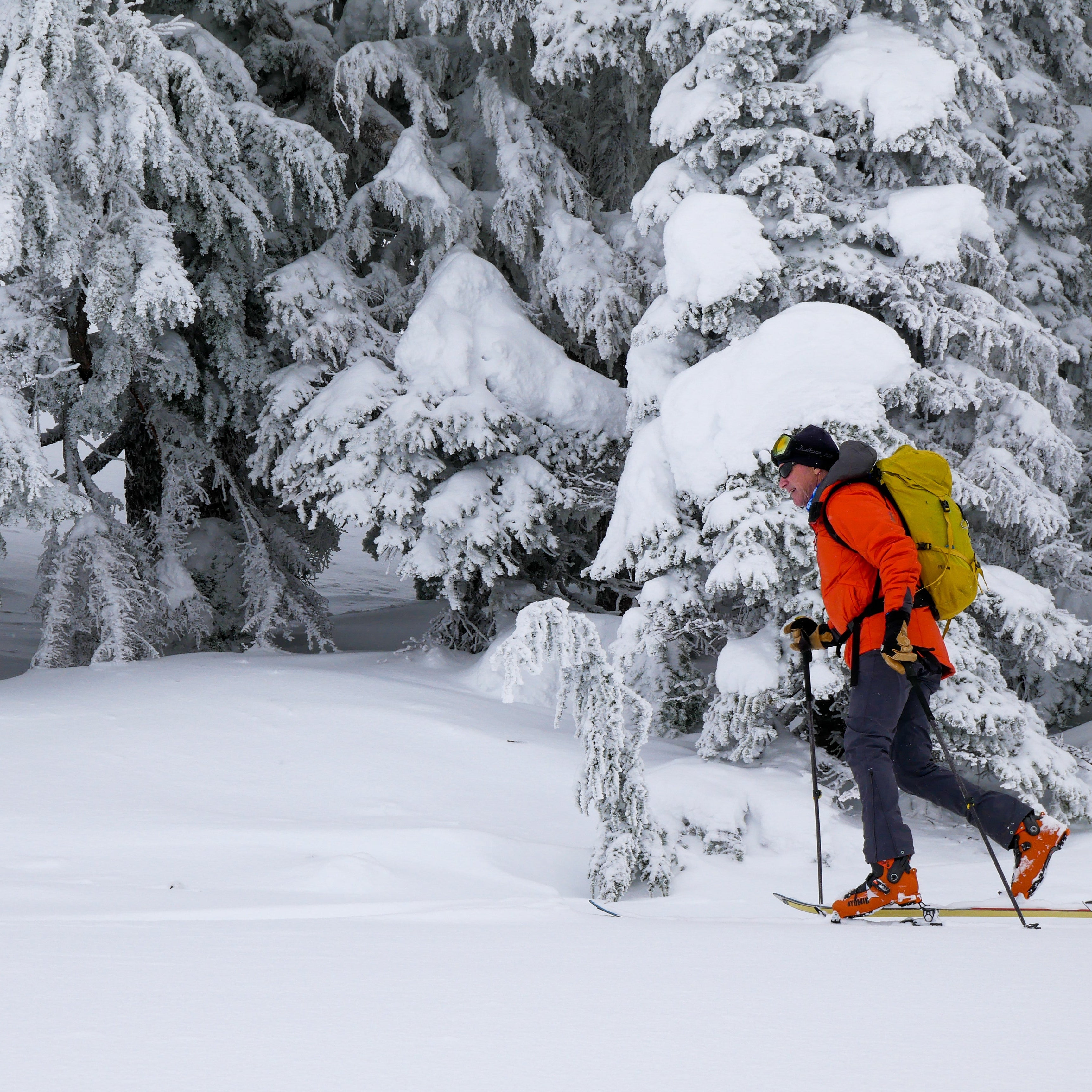
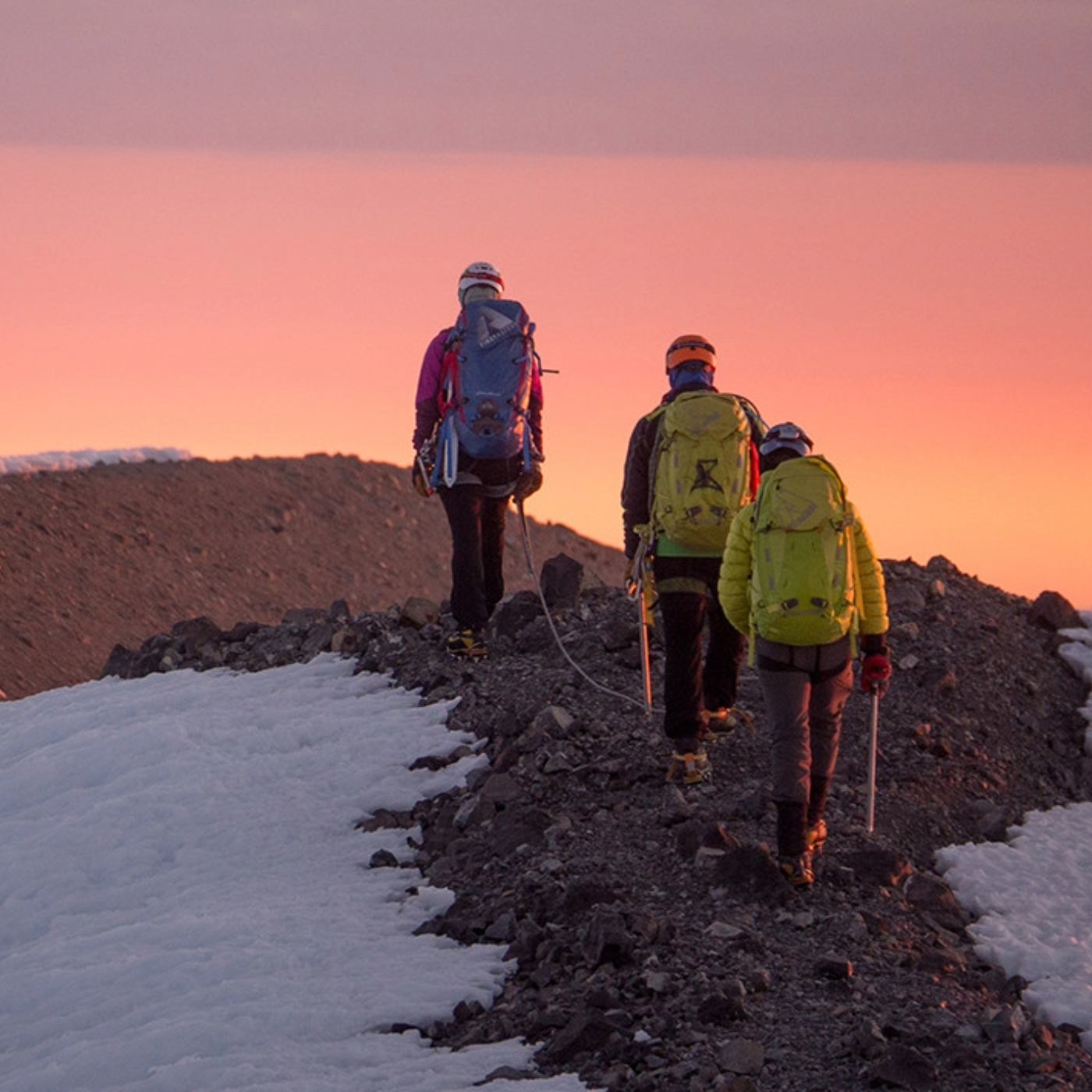
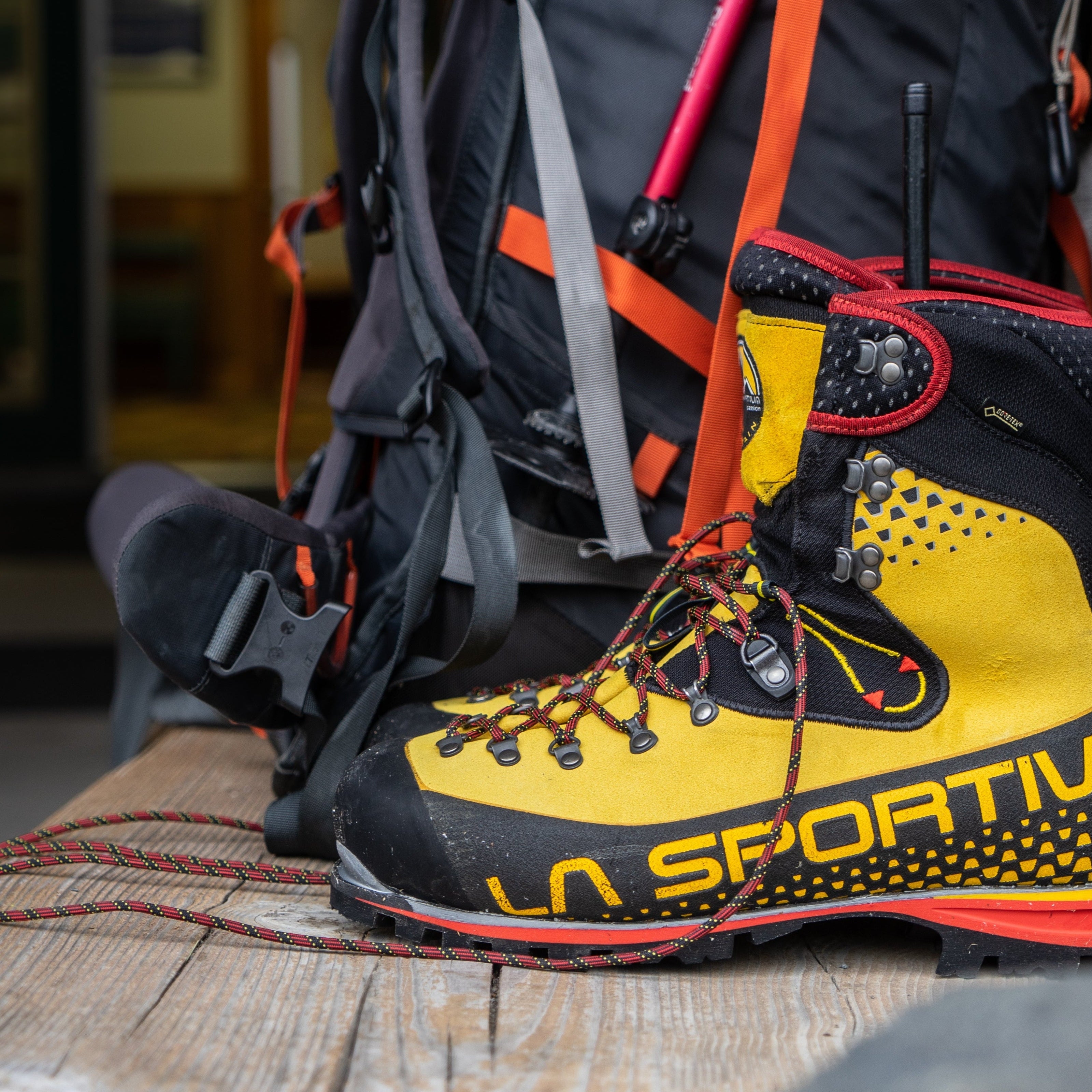
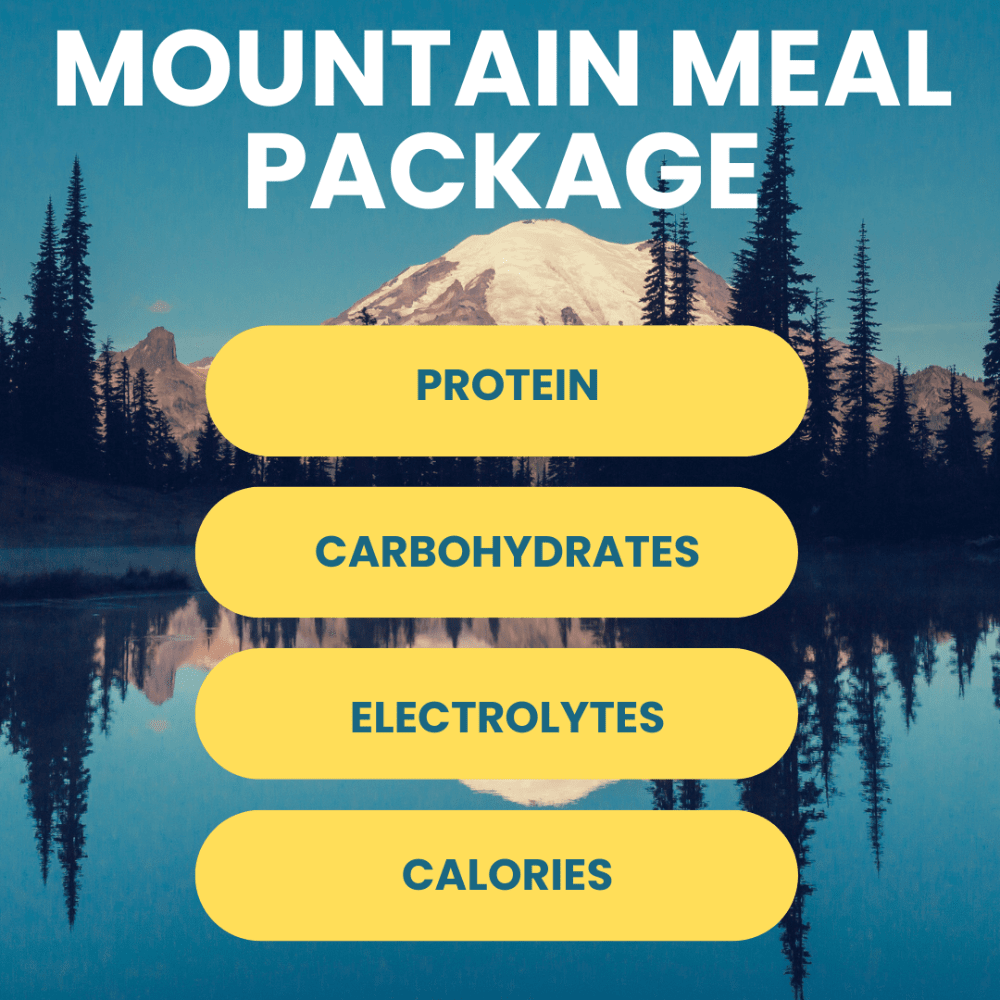
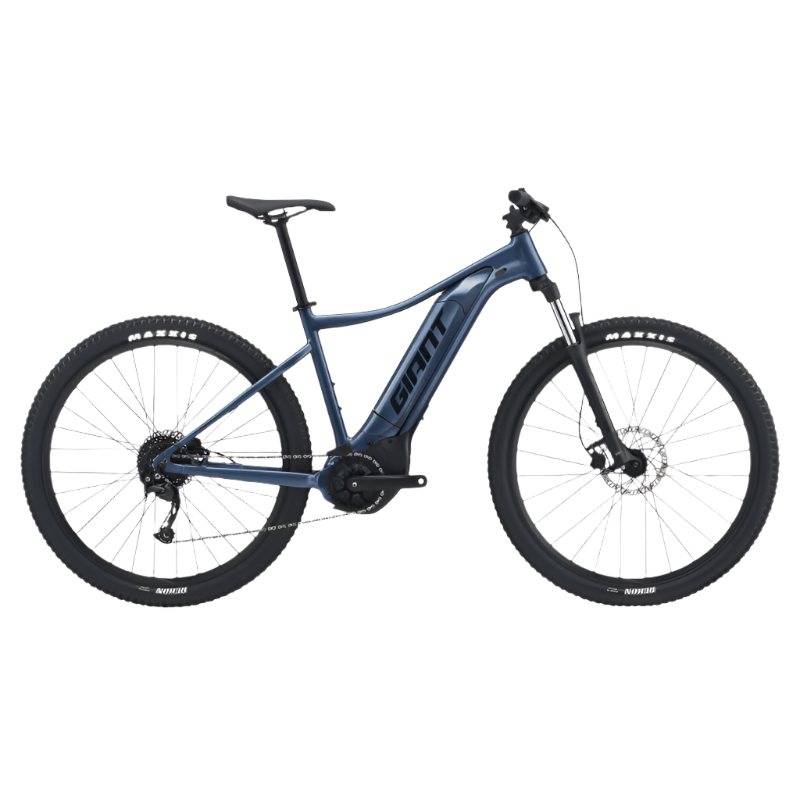
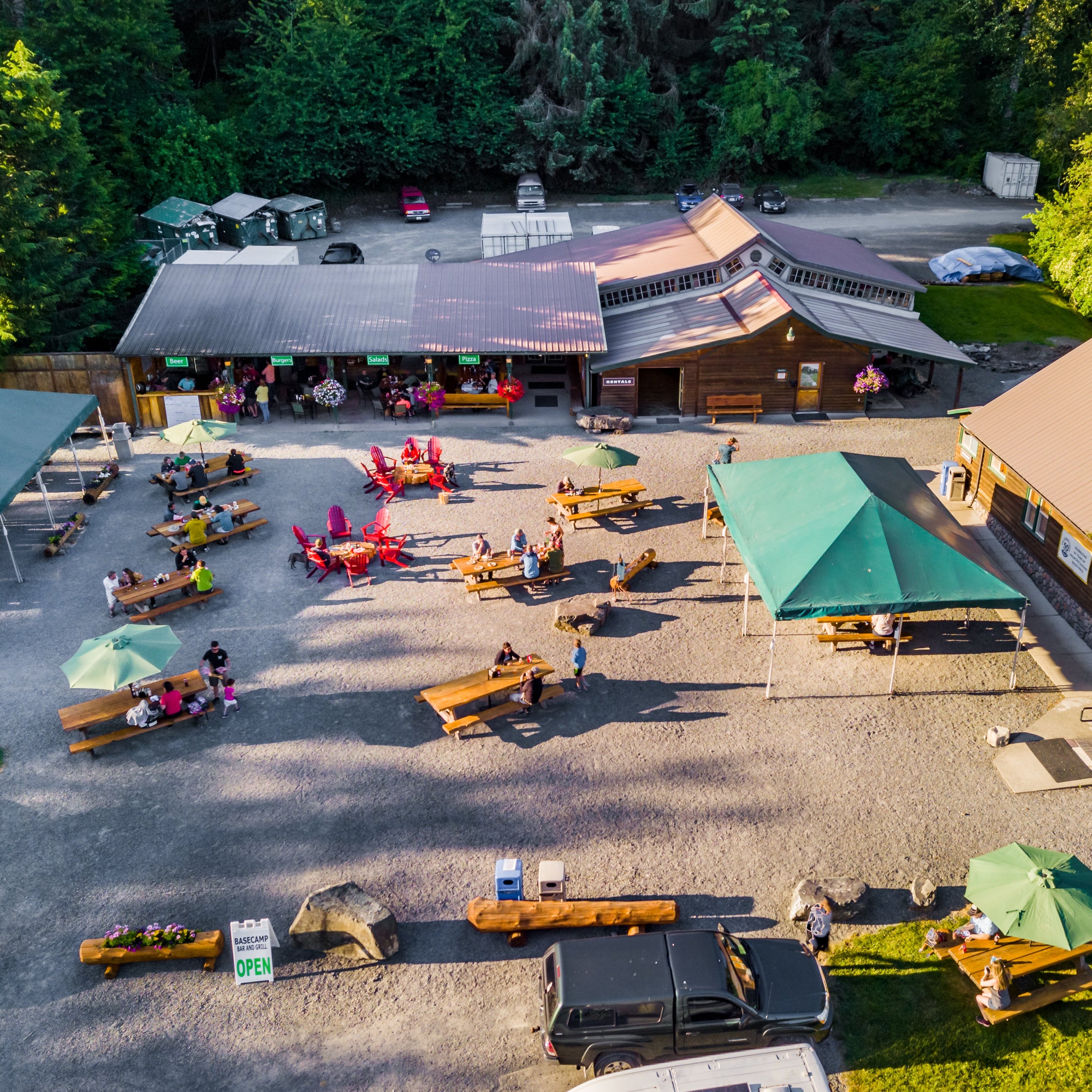

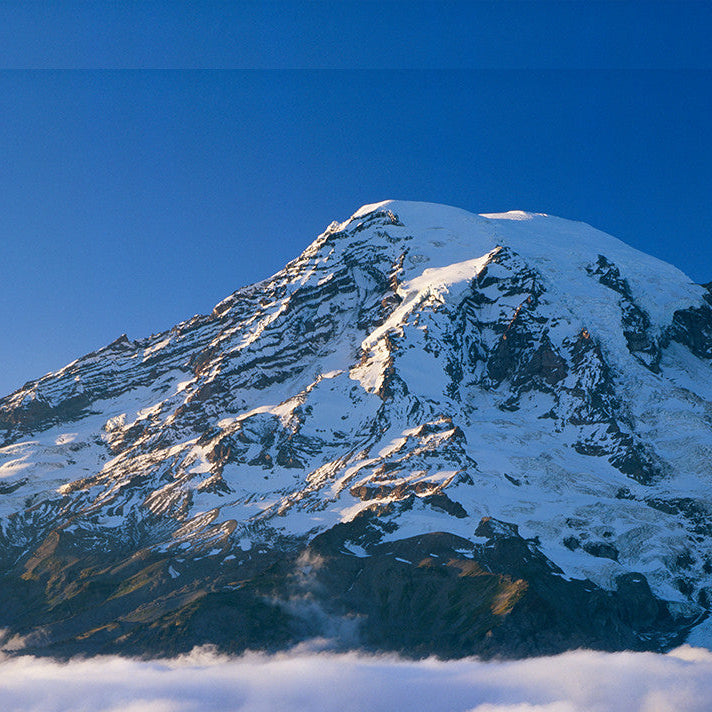
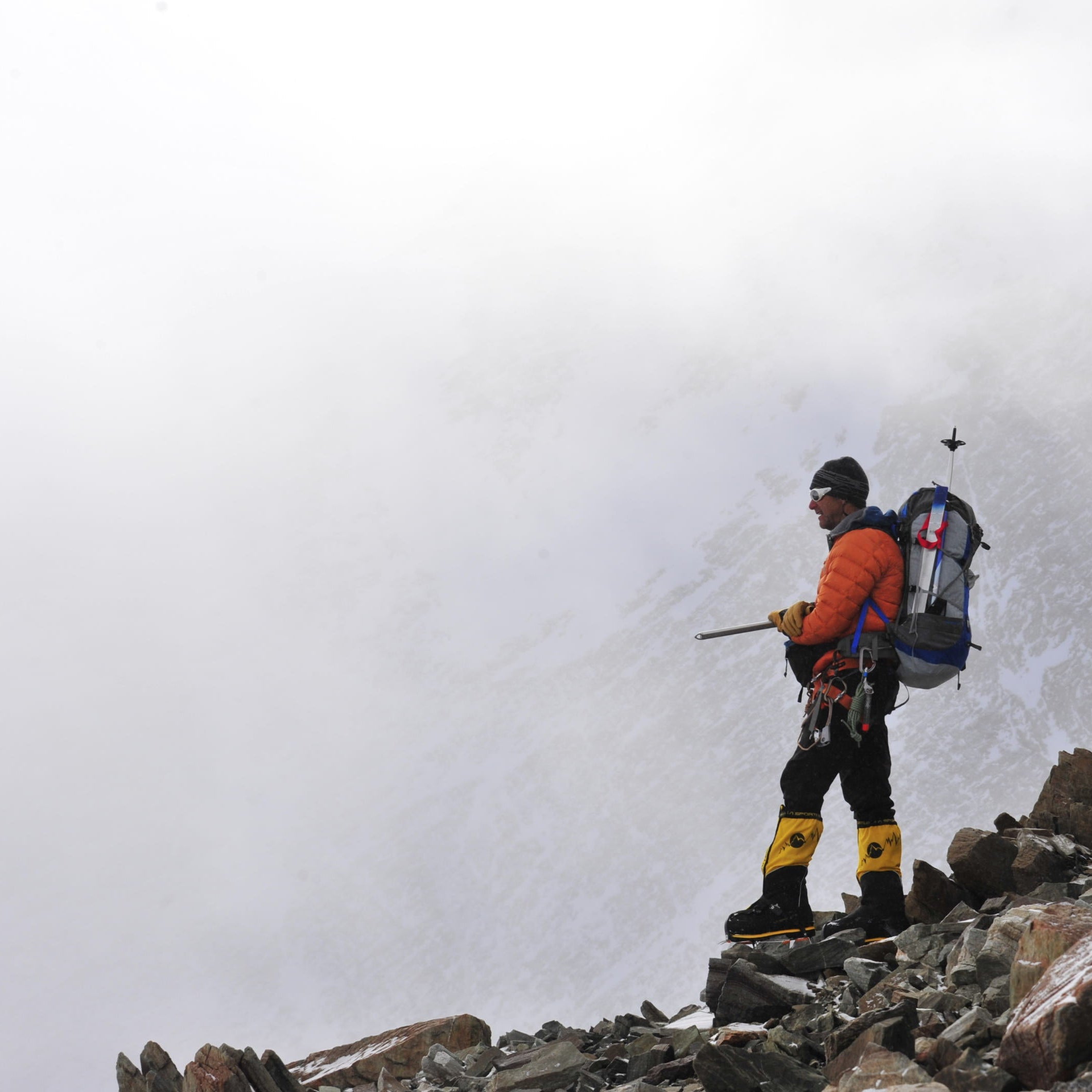
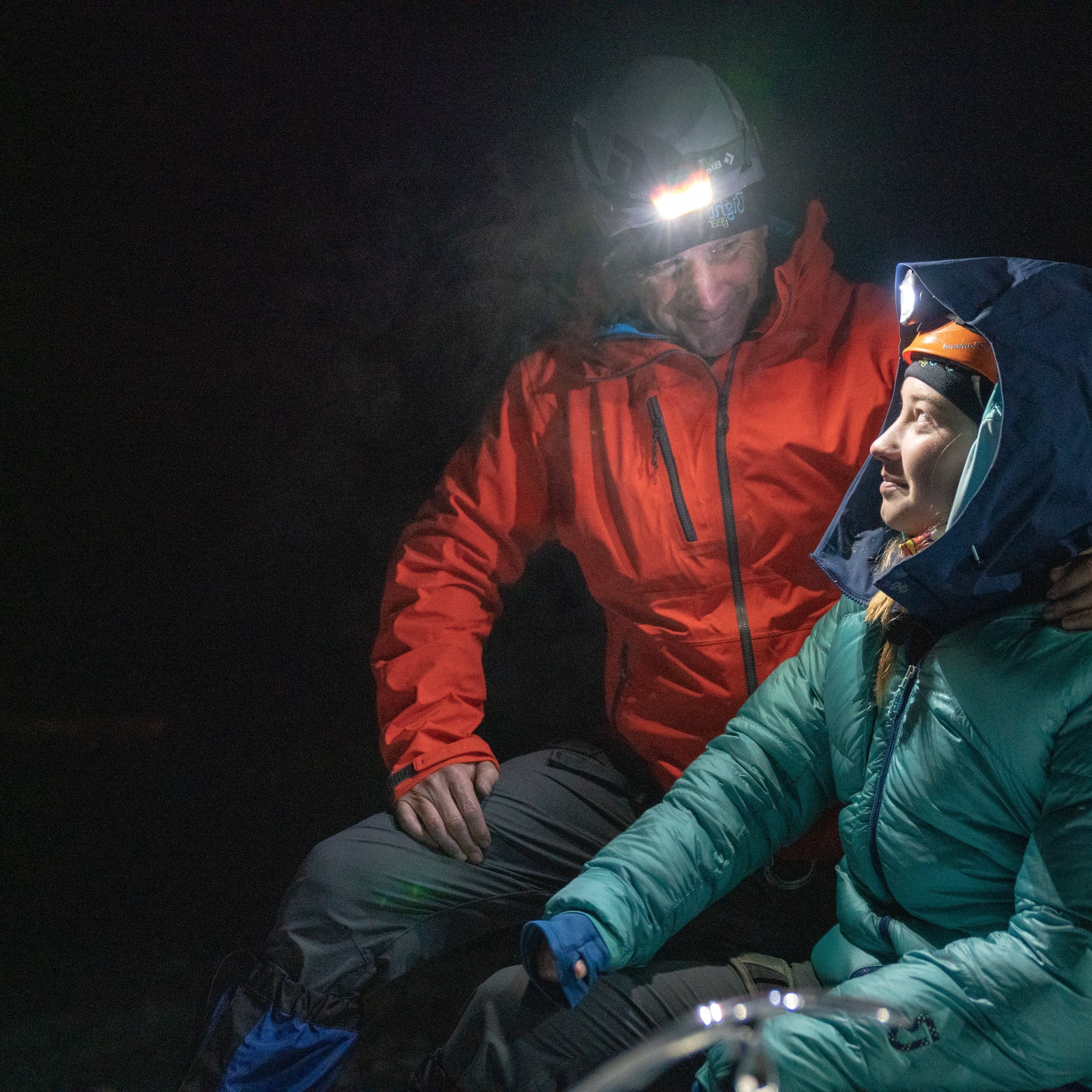


Leave a comment
All comments are moderated before being published.
This site is protected by hCaptcha and the hCaptcha Privacy Policy and Terms of Service apply.